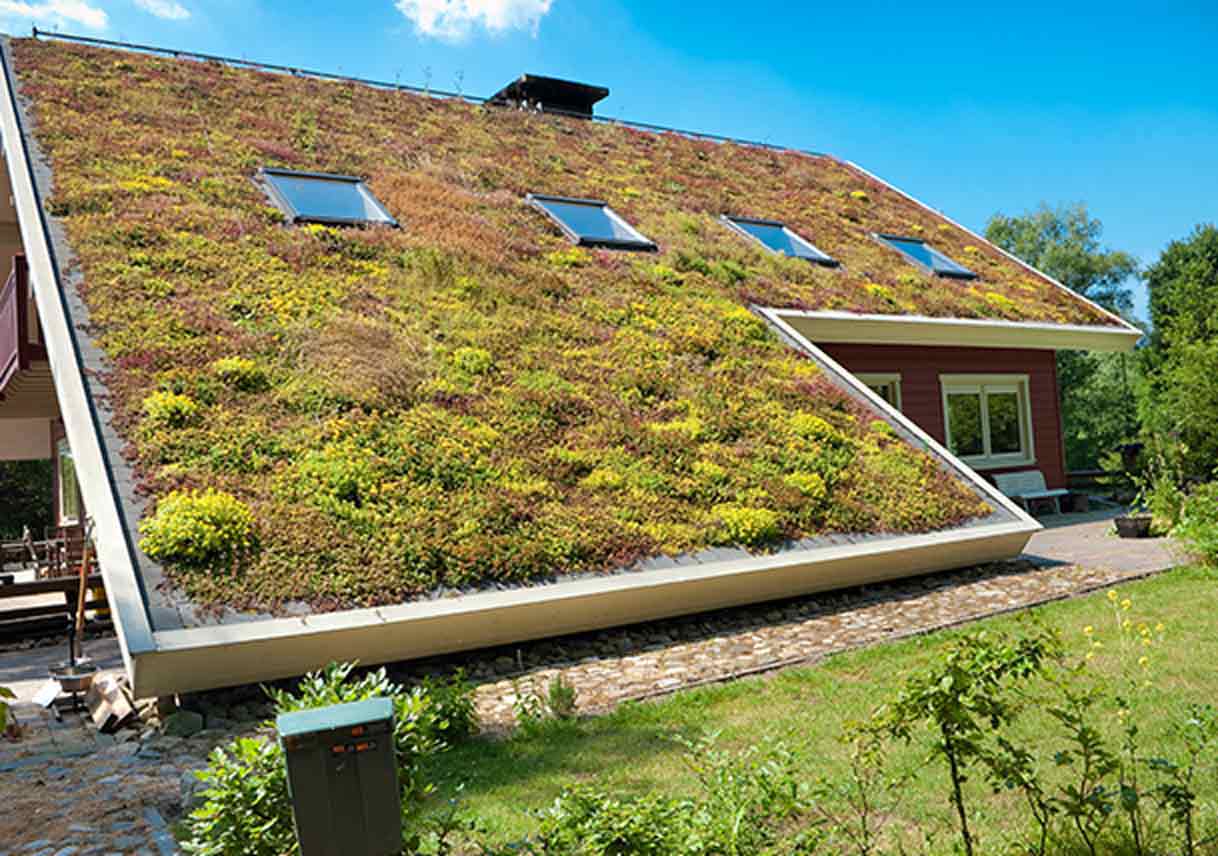From Guest Blogger Lillian Connors: Sustainable Solutions That Every New Home Build Needs

The reasons to choose self-sustainable living are numerous – ethical, environmental, financial and practical. The primary benefit is lowering your negative impact on the environment and it starts with conscious, eco-friendly choices that involve using recycled and sustainable materials as well as renewable energy resources.
When deciding on the right choice for you, here are some of the major recent developments to consider.
A solid base
When you’re building your new home, you’re building your future, so it’s essential you make a solid base. Avoid using the traditional building methods and materials. They all have a devastating effect on the environment since their production is a major contributor to air pollution. To minimize and possibly eliminate the negative environmental impact of construction, opt for locally sourced building materials that are renewable, recycled and durable. In this way, you will be able to reduce your carbon footprint.
As choosing the best materials and designs for your home isn’t an easy decision to make, it might help to take a look at these project homes in Sydney that have forged a trustworthy reputation in Australia and offer a wide range of adaptable designs that will suit your needs and a sustainable way of life.
Energy efficiency and conservation
Being energy-efficient in a sustainable home is a must, and one of the most recent developments is geothermal systems. They are computer-controlled systems that ensure an optimal energy production and output by producing only the amount of energy that is needed at a given moment. They use 25 to 50% less electricity than traditional systems and give you about 40% savings on your utility bills.
Another must is a smart thermostat that regulates the temperature indoors by setting it to your comfort when you’re at home and reducing energy consumption when you’re absent.
Water conservation
With the current global water demand and frequent droughts throughout the world, water shortage and scarcity seem very likely in the next 10 to 15 years. One answer lies in using renewable water sources, such as harvesting rainwater that provides an independent solution to local and regional water shortages.
In addition, install smart, low-flow showerheads in your bathrooms that reduce the amount of water you use per shower. Plus, with their connection to your iPad or iPod, you can set an alert at every 5, 7 or 10 gallons to remind you how much water you’ve used.
Solar power
With technological advancements, lower prices of materials and larger accessibility of renewable energy sources, setting up an off-grid home has become quite affordable and practical. Depending on your home location and orientation, you might utilize wind power, solar power or a combination of the two.
Solar systems are particularly efficient in states down under, such as Australia, with great benefits from direct sunlight. You get a reliable supply of sustainable energy and lower utility bills over time. If this is not an affordable option for you, there are other ways in which you can incorporate solar energy into your new home, such as a solar barbecue or a solar charger for your smartphone.
Healthy indoor air quality
Optimal air quality indoors is one of the most important aspects to consider, especially if you have a family member suffering from allergies. The solution is installing a smart air filtration system that brings fresh air in but filters it in the process, so nothing harmful can find its way inside.
Another thing to avoid using in your new home are VOC materials that contain harmful chemicals and carbon-based substances that evaporate at room temperature and may cause serious health issues. For example, when choosing hardwood finishes throughout the house, opt for a zero-VOC finish such as beeswax and it will be safe even for your baby to crawl on.
Taking small steps in the right direction will surely make a big difference in the long run and lead to great results. By implementing the practices suggested here, you can make positive changes towards a sustainable lifestyle in your new home that will have an enormous effect in the global landscape of our planet.
